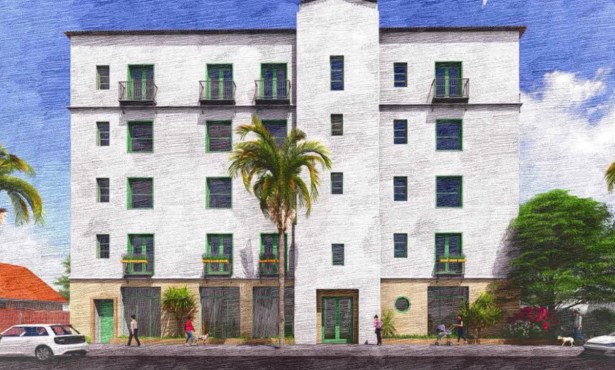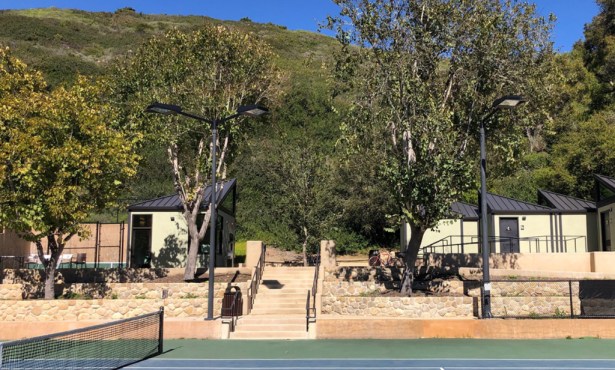America the Beautiful
“Immigrant Nation,” presented by Santa Barbara Chamber
Music
At First Congregationalist Church, Friday, June 16 and
Sunday, June 18.
Reviewed by Gerald Carpenter
The opening concert of the three-day chamber music festival had
no shortage of music, although there were fewer instruments playing
this year. As violinist Kathleen Lenski and pianist Edith Orloff
struck up Aaron Copland’s “Waltz & Celebration,” from his
ballet Billy the Kid, it was lovely to note how those two
instruments filled the church with music. The two went on to play
the “Hoe Down,” from Copland’s Rodeo, and put an ineradicable, Ken
Burns-y Americana spin on the evening and festival that
followed.
All modern chamber music involving winds tends to make me think
of Les Six (especially François Poulenc) and Robert Muczynski’s
Sonata for Flute and Piano, exquisitely performed by Ann Erwin
(flute) and Orloff (piano), was no exception. It was a lively,
nimble, and exciting piece. After a decent interval to allow us to
catch our breath, Erwin, clarinetist David Peck, and Orloff played
Gabriella Frank’s Canto de Harawi for flute, clarinet, and piano, a
moody and exotic piece that combines Peruvian folk music and
Frank’s vague and highly idiosyncratic memories of hearing Mozart
in her childhood. One couldn’t always sort out the various
elements, but it was very effective.
Richard Pearson Thomas’s Meditation for violin and piano was
shifted to Saturday night, so the evening concluded with Ingolf
Dahl’s politely challenging Sonata da Camera for clarinet and
piano, wonderfully realized by the husband-and-wife team of David
Peck and Orloff. Dahl’s argument, if he made one, was a little
difficult to follow, but the music kept me interested.
The concluding concert on Sunday opened with Joan Tower’s
Petroushskates for violin, cello, flute, clarinet, and piano. The
only composition in this year’s festival in which all five
musicians played, Petroushskates is a kind of hasty, frontline
report on Petroushka, a turbulent little pond in which Stravinsky
is just one of the fish swimming around and flashing up to the
surface, leaping and churning. However long they rehearsed, these
five make a tight, brilliant ensemble.
There followed a sublime episode — cellist John Walz and Orloff
playing Samuel Barber’s Sonata for violoncello and piano. The main
theme of the first movement is so nobly expansive, so unabashedly
heart-on-sleeve that it scarcely seems connected at all to the
pinched and crabbed 20th century. Walz and Orloff were equal to it,
too. Arthur Foote’s Three Pieces for flute and piano are sweet and
charming miniatures and they were beautifully performed by Erwin
and Orloff. Foote had a rare gift for easy flowing melody, and
these little gems were virtually all tune. Those in the know were
quite excited to hear the final work of the festival, Dahl’s
Concerto a Tre for clarinet, violin, and cello played by Peck,
Lenski, and Walz. Truly, it is a remarkable piece, compelling and
rhythmical, partaking somewhat of Stravinsky, somewhat of
Hindemith, and a good deal more of what I took to be Dahl. This is
one I need to know a lot better.
Congratulations and thanks to Dan Kepl for staging another
miracle.


